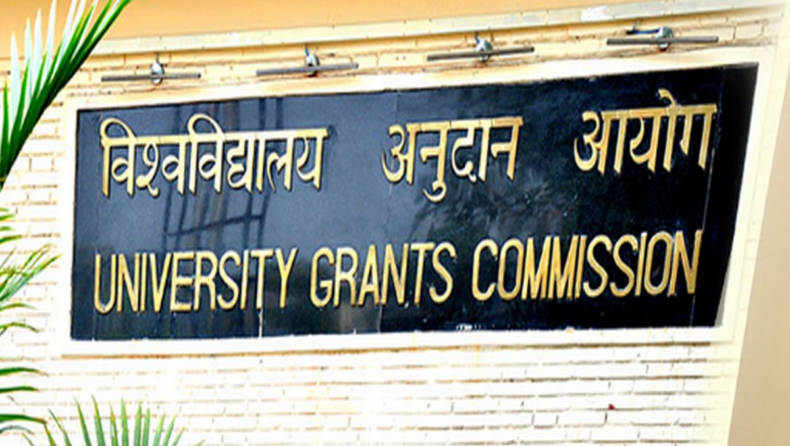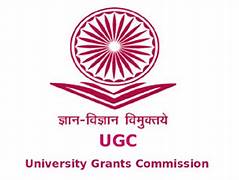From 2022-23, the University Grants Commission (UGC) has made it mandatory for all 45 Central universities to admit students to undergraduate programmes based on scores received in the National Testing Agency’s (NTA) Common University Entrance Test (CUET).
The Common Universities Entrance Test (CUET) for undergraduate courses for the academic session 2022-23 opens for registration. Students can register for tests by going to the National Testing Agency’s official website (NTA).
The CUET is expected to take place in July. The deadline for submitting applications is April 30. Students will be able to apply to any of the Central Universities and other institutions across the country through CUET.
The CUET is a computer-based test that will be administered by the NTA in the first week of July and will be based on the syllabus for Class 12 developed by the National Council of Educational Research and Training (NCERT).
From 2022-23, all admissions to undergraduate courses at UGC-funded Central universities will be based on CUET scores, replacing institution-specific entrance examinations or the ranking scheme that uses Class 12 grades for admission.
Other universities, whether public, private, or deemed, are permitted to use CUET scores in their admissions processes. Technical courses that already employ the Joint Entrance Examination (JEE) are exempt, but skill-based professional courses such as Music, Art, Theatre, and Fine Arts, according to the UGC, can use a combination of the CUET score plus an interview or practical exam.
CUET scores will be required for admission to both general and reserved seats, however, the reservation policy or seat quota for local students at each university will remain unchanged. Depending on the policies of particular colleges, class 12 board examination marks may still be used as a minimum qualifying mark.
What is the point of a standardized entrance exam?
- A standard university entrance test was recommended in the National Education Policy 2020 as a strategy to ensure uniform quality while saving costs and efforts for all stakeholders.
- “The NTA testing services’ high quality, range, and flexibility will enable most universities to use these common entrance exams — rather than hundreds of universities devising their own entrance exams — reducing the burden on students, universities and colleges, and the entire education system,” said by M. Jagadesh Kumar, chairperson of the UGC, adding that CUET would give students from all over the country who seek admission from various boards an equal chance, particularly those from remote and rural areas.
- Because students will not have to take numerous admission exams, their financial costs will be reduced. According to the All-India Survey on Higher Education, 5,40,270 students enrolled in undergraduate studies at Central universities in 2019-20.
What are the reasons for some people’s opposition to CUET?
- One of the most common criticisms of mass entry exams like JEE or NEET is that they encourage a large-scale coaching sector.“Admission through CUET will exacerbate the uneven terrain.”
- A dissent note from several members of the Delhi University’s Academic Council who opposed the decision to adopt CUET stated, “Such a filter will result in an additional expenditure of parents and students for coaching and, as a result, marginalize those coming from unfavourable backgrounds.
- They cited the Madras High Court’s recent ruling that NEET benefits only students who pay lakhs of rupees for coaching, placing rural pupils at a disadvantage.
- They also cautioned that CUET will limit the university’s autonomy and distinguishing traits.
- The impact of CUET on school education is another source of concern. “Presently, admission exams such as JEE and NEET push kids to enrol in coaching centres and ignore their Class 11 and 12 lectures entirely.
- Former NCERT director Krishna Kumar cautioned, “CUET’s impact will be comparable but on a far larger scale.”
- “In our country, entrance exams feature incredibly terrible questions that don’t assess a student’s understanding or inventiveness.” They only use multiple-choice questions, so there is no room for expression like there is in board exams.
- Prof. Kumar continued, “The coaching industry prepares students just by drilling them over and over.” He stated that preparing, testing, and validating questions for a high-quality test would take at least a year.
- He also debunked the misconception that Class 12 board exams solely encourage rote memorization, claiming that both the CBSE and some state boards have implemented test reforms.
The format of CUET
There will be two shifts for the test. Hindi, Marathi, Gujarati, Tamil, Telugu, Kannada, Malayalam, Urdu, Assamese, Bengali, Punjabi, Odia, and English will be used in the mandatory first portion. Section 2 will include 27 domain-specific subjects from which candidates can select up to six, depending on the undergraduate programmes for which they are applying. An applicant for a BA in Economics, for example, would be required to take the economics paper. An aptitude test, which colleges may require of their applicants, will constitute the optional third portion.
Published by : Aditya Andharia
Edited By : Kritika Kashyap













